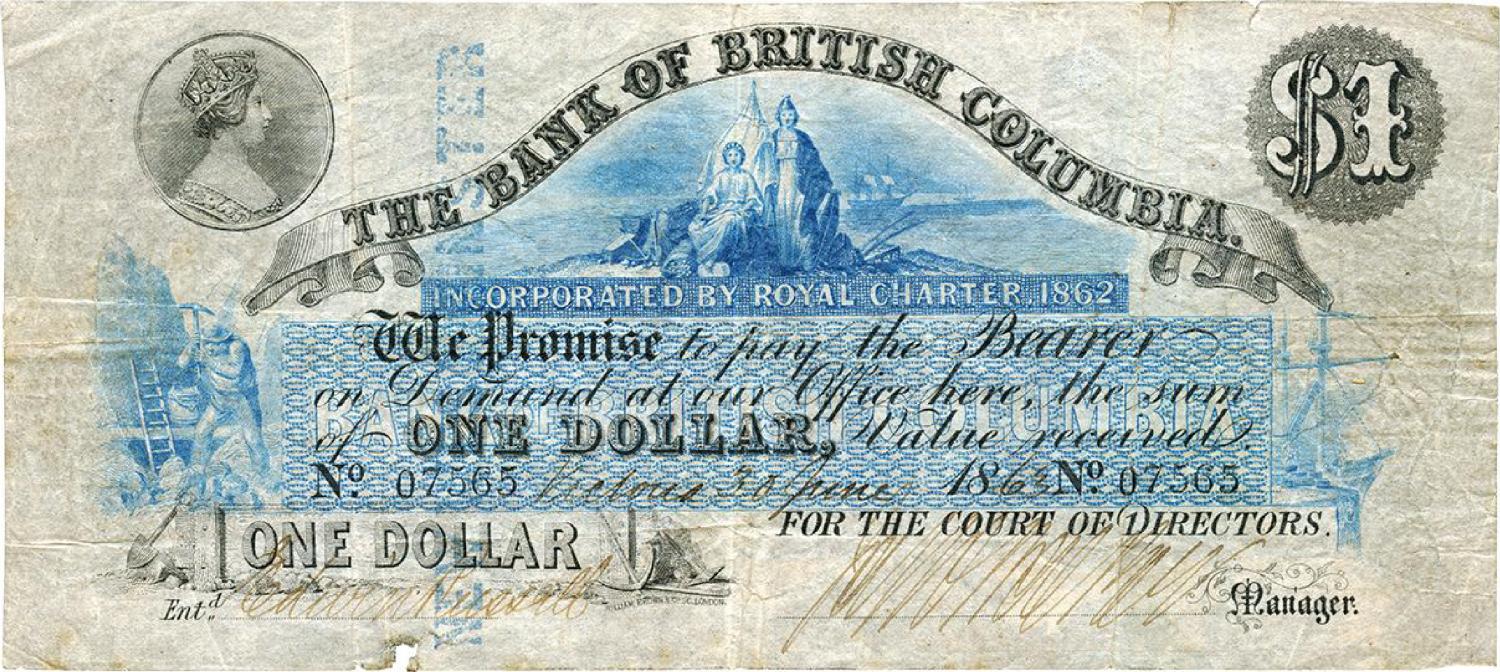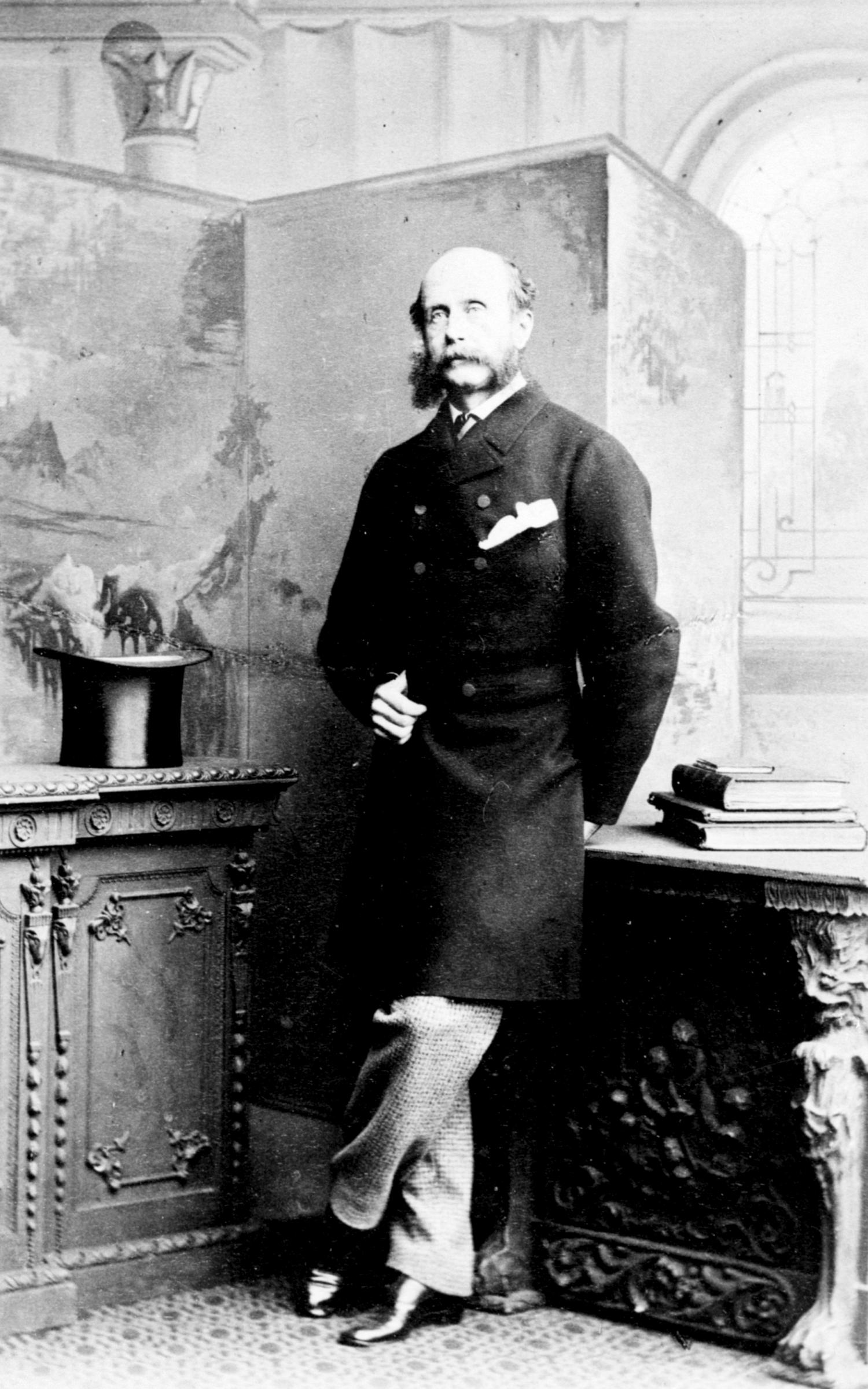Colonies Hang by a Thread
Significant debt puts the future of B.C. and Vancouver Island in doubt
Date: 1865
The mainland Colony of British Columbia was mired in debt by the time Frederick Seymour became governor in 1864. To support the mainland’s gold rushes, and the population explosion that resulted, former governor James Douglas had borrowed heavily to fund public infrastructure. However, Seymour appeared to see little benefit from Douglas’s unbridled spending. “There were no large settlements in British Columbia,” the new governor, the first to live on the mainland, wrote in 1866. “It was only a colony in name. There was a gold mine at one end of a line of road; a seaport town (under a different government) at the opposite terminus.”
Douglas took out loans when the Fraser and Thompson gold rushes were at their height. But by the mid-1860s, the boom had dwindled. In 1865, the annual flood of gold seekers from San Francisco never came. Merchants who had become accustomed to their stock flying off the shelves were now left with inventory they couldn’t sell. Vancouver Island and mainland British Columbia, which remained separately-administered colonies until the following year, plunged into economic recessions. “Victoria presents the melancholy spectacle of premature decay and financial ruin,” wrote two U.S. Army representatives advocating for American annexation. Their view of New Westminster, the mainland’s capital until the colonies united, wasn’t much brighter: “We found the place nothing more than a small village built among the stumps of a forest.”
When Seymour came into power, the mainland colony already owed a significant sum for the construction of the Cariboo Wagon Road, a crucial connecter between the Lower Mainland and the goldfields of the interior. Seymour also faced another crisis. Weeks following his arrival in B.C., members of the Tsilhqot'in First Nation and a crew of white road builders violently clashed after the work crew entered Tsilhqot'in territory without permission. The Tsilhqot'in War would go on to cost the beleaguered colony approximately $80,000, or about $1 million today. Meanwhile, Britain refused to financially assist their struggling outposts, leaving the local administrations to borrow even more to complete public projects and keep their territories afloat. By May 1865, the Bank of British Columbia had stopped lending to both colonies.
The overwhelming debt — later estimated at a combined $1.3 million at the time — led to talk over the future of the colonies. Some argued for American annexation. Loyalists to the Crown advocated remaining British. But most agreed: a change was needed.
Sources:
1. Accounts and Papers of the House of Commons: Volume 49. United Kingdom House of Commons, 1866, play.google.com/store/books/details?id=iStcAAAAQAAJ&rdid=book-iStcAAAAQAAJ&rdot=1+-+Page+36.
2. Barman, Jean. The West Beyond the West: a History of British Columbia. University of Toronto Press, 2007.
3. Forsythe, Mark, and Greg Dickson. The Trail of 1858: British Columbia's Gold Rush Past. Harbour Publ., 2008.
4. Hawkins, Gordon. The De Cosmos Enigma. Ronsdale Press, 2015.
5. Shelton, W. George. British Columbia & Confederation. Published for the University of Victoria by the Morriss Printing Company Ltd., 1967.
6. Woodcock, George. British Columbia: a History of the Province. Douglas & McIntyre, 1994.





